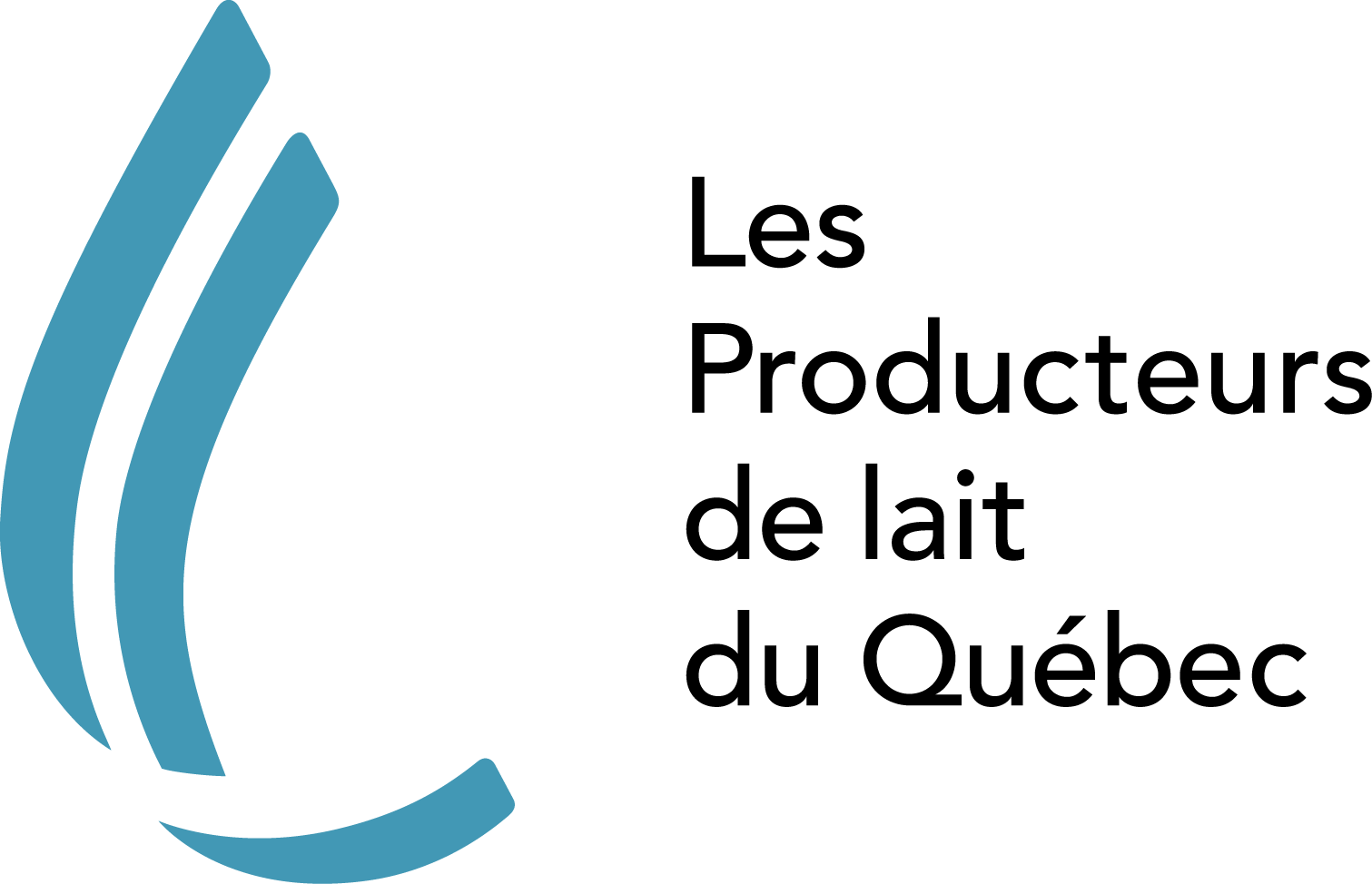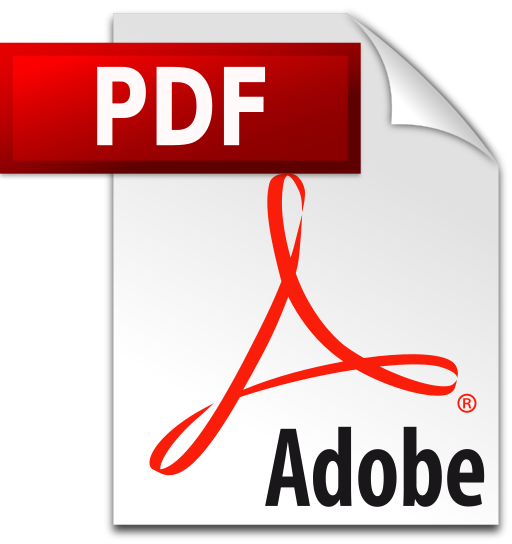NFACC Information Update August 2019
- NFACC welcomes new Associate Members
- Update on Codes of Practice under revision/development
- NFACC in the news
- Upcoming events
NFACC WELCOMES NEW ASSOCIATE MEMBERS
NFACC is pleased to welcome new associate members:
Les Producteurs de lait du Québec
“The health and welfare of our animals have always been and will remain a priority for the Producteurs de lait du Québec. This is why we take a proactive approach to everything involved in these areas. We demonstrate this every day through our actions on the farm and by investing in research, contributing to discussions on the best methods to use on our farms, doing outreach about these methods throughout the industry, and raising public awareness about our practices.
Milk, a nutritious and quality product enjoyed by millions of Canadians, comes from dairy cows—and we are their guardians. We are responsible for their health and welfare. The entire industry, from providers to consumers, counts on us to take the utmost care. We take pride in their trust and do the work needed to maintain it. For this reason, we are committed to working with NFACC and are proud to be a part of it.” - Yvan Bastien, member of PLQ's Board of Directors
“Since 1956 our family has operated our business based on mutual respect,trustworthiness and honesty. Collaboration with our stakeholders has been critical to our success, and we look forward to continue building these relationships. As we embark on our CSR journey, we are excited to work in partnership with members of the NFACC to develop and implement scientifically-informed practices.We are committed to holding ourselves to the highest standards and ultimately our vision to be the most trusted and relied upon food partner from farm to table.” – Brian Langley, Director Meat │ Seafood
UPDATE ON CODES OF PRACTICE UNDER REVISION/DEVELOPMENT
Farmed Finfish Code
Since its May meeting, the Code Development Committee has been drafting Code content focusing on the main themes identified in the top-of-mind survey. As an example: stocking density, a priority for nearly half of the respondents, is being discussed in multiple sections of the Code (e.g. feed access, fish behaviour, health, and transportation).
A draft outline for this first-ever Canadian Code for farmed fish has also been developed. Despite busy schedules, the Scientific Committee and Research Writer have made solid progress on the research report.
A summary of the May meeting is available here.
Transportation Code
Progress continues in the update of the livestock and poultry transportation Code of Practice. Seven species-specific working groups have been activated, and an eighth will be finalized by the end of August. The Poultry Catching and Transport and the Pig Working Groups (WG) will hold their first in-person meetings in Ottawa this fall, and the Cattle WG will meet face-to-face for its first meeting in Toronto in January. Overseen by its Code Manager Lucie Verdon, the Mink/Fox/Rabbit WG held its first call in July, and again under Lucie’s management, the Hatchery WG will hold its first call in September. Under the management of veteran Code Manager Jeff Spooner, efforts are underway to schedule calls for the Sheep/Goats WG, and the Bison/Cervid WG was recently turned over to Kate Cooper so that it can begin its work.
After the Equine WG has been activated, NFACC will host additional WG Participation Orientation webinars to help familiarize new WG members with NFACC, the Code project, and the Livestock and Poultry Transportation Code development process.
July was a busy month for some scientists who co-authored the Review of Scientific Research on Priority Welfare Issues for the Transportation Code of Practice. Karen Schwean-Lardner and Trever Crowe presented Scientific Committee (SC) report findings on the transportation of poultry to the Poultry WG by webinar. Similarly, Luigi Faucitano presented findings from the Swine section of the SC Report to the Pig WG, and Karen Schwartzkopf-Genswein reported on findings from the report’s Cattle section to the Cattle WG.
Preliminary findings from the top-of-mind survey (open from March 5th to 31st), which provided the opportunity for interested members of the public to contribute their top-of-mind concerns, have been summarized in a report, and is available on NFACC’s website. The Working Groups and the Code Development Committee will refer back to these important insights as it progresses through the update to this Code of Practice.
Goat Code
The Goat Code Development Committee and Goat Scientific Committee held their first meeting on May 24 and 25th in Québec City. A summary of that meeting is available here.
Since the May meeting, members of the Scientific Committee, along with the NFACC Research Writer, have been developing and initiating the steps that will be taken in the course of preparing the goat Scientific Committee Report. Members of the goat Code Development Committee, have been actively engaged in the planning and preparation of the committee’s second meeting in Ottawa in October. At that time subcommittees will be established in order to review and update/supplement content contained in the existing goat Code (2003).
Dairy Cattle Code
This Code update marks an important milestone as the first Code developed through NFACC’s process to be again updated under this unique process. A first meeting was held in July and opened with a fun quiz testing participants’ knowledge of the Code development process. The committee also discussed the main themes from the top-of-mind survey (open from March 29 – April 19, 2019). Stay tuned for a synopsis of input!
Both the Code and Scientific Committees agreed to a final list of priority welfare issues for the Scientific Committee’s research report (available here).
The Code Committee also reviewed relevant input from the 2009 public comment period and general insights from proAction® (Dairy Farmers of Canada’s on-farm animal welfare assessment based on the current Code of Practice).
A full summary of the July meeting is available here.
For information on the steps of the Code development process and progress of the Codes being updated follow this link.
Funding for this project has been provided through the AgriAssurance Program under the Canadian Agricultural Partnership, a federal–provincial–territorial initiative.

